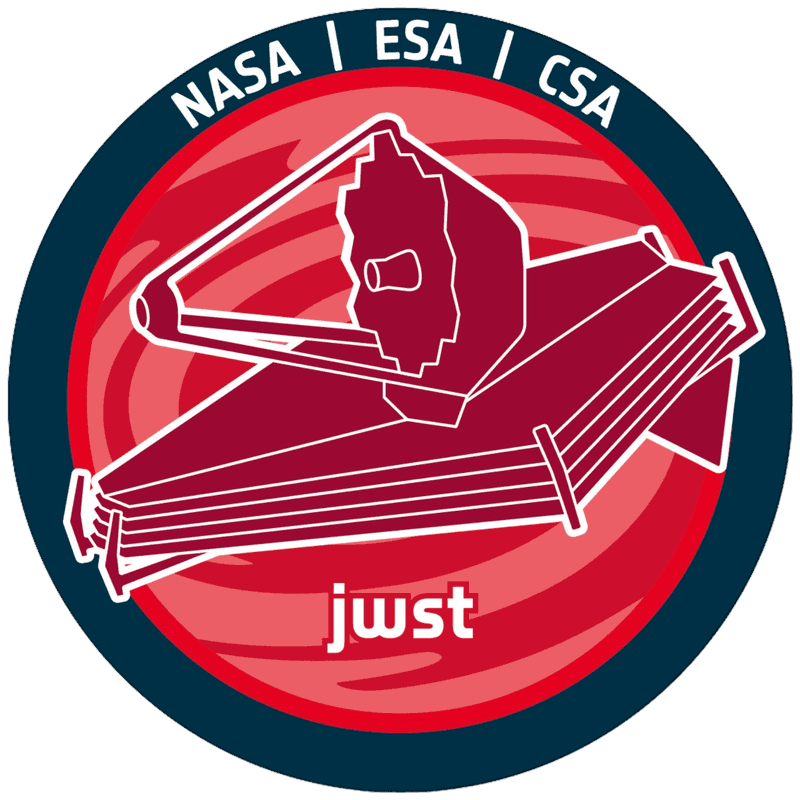Galaxies Over Time
How did the first galaxies evolve over time? What can we learn about dark matter and dark energy?
Today’s Universe is populated by galaxies: cosmic islands made of hundreds of billions of stars. Their sizes and shapes are vastly different, holding clues to how they formed and evolved. In the first few billion years after the Big Bang, the Universe was dramatic: galaxies were stirred, shredded and merged in frequent encounters, and peppered by supernova explosions from short-lived, massive stars. By looking at infrared wavelengths, Webb can observe the bulk of the light from primordial galaxies and reveal their dust-shrouded starbirth and matter-absorbing black holes.
Webb will also investigate dark matter, the material that fills the cosmos but is not directly visible. Data from Webb will complement that from ESA’s Euclid mission, which will map the geometry of the Universe and is specifically designed to study dark matter – as well as dark energy, the force behind the Universe’s accelerating expansion.

